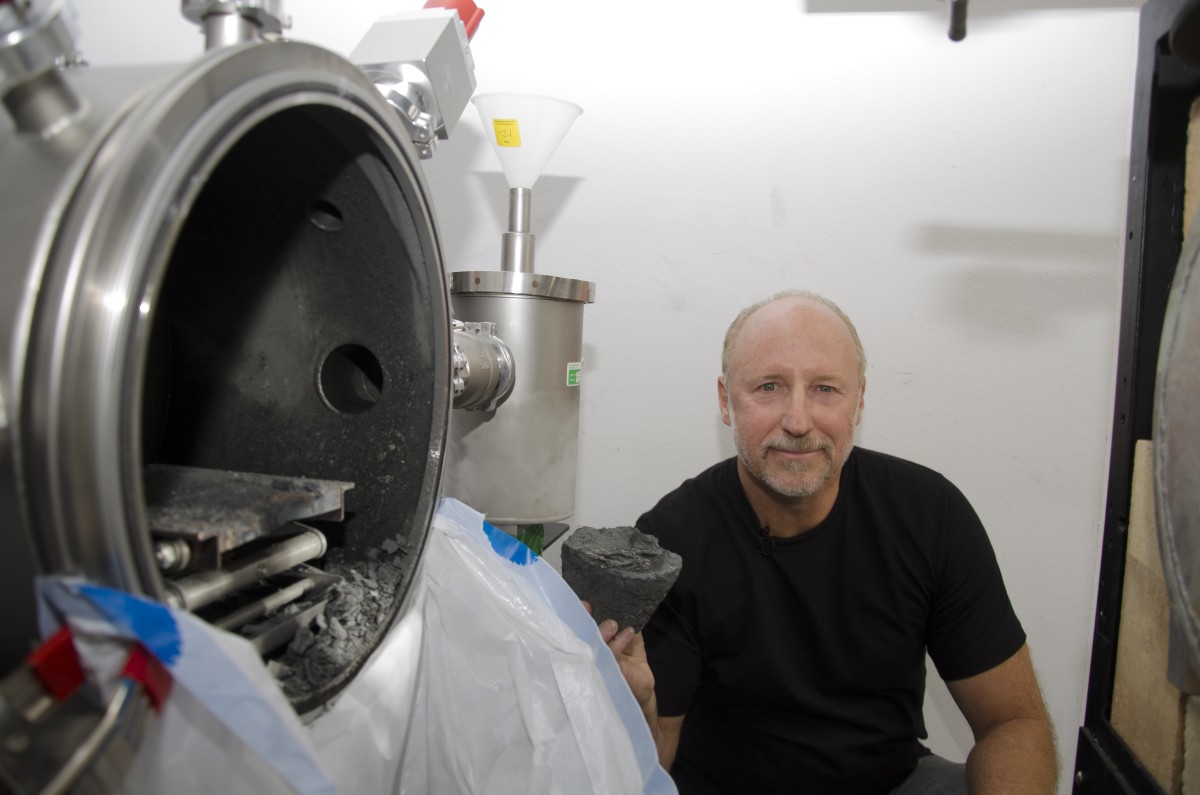Perpendicular to the sun, yes, but which part of the sun? The center?
Imagine you’re part of a team of miniature nanobots working to create the a perfect 200mm x 200mm parabolic mirror array, tasked with creating a solar reflecting death ray to eliminate a pesky rock at a distance of 100 feet. You are individually responsible for articulating one tiny element of that array a nanometer in size- your team has billions of nanobots each with a similar element.
It’s your turn to align your element to the target spot. You radio up a command and an aperture closes in front of the mirror, perfectly aligned to the center of the sun, blocking out everything but a tiny pinhole beam sized just for your mirror. You then adjust your nanomirror right on the target spot 100 feet away - it’s now perfectly focused, a tiny beam of your reflected light exactly on target!
You then wait while all the other billion nanobots each have their turn adjusting their nanomirrors on the focal point, using the pinhole aperture light beam from the center of the sun. They all have perfect focus, right on target. The death ray is almost here! This same method worked perfectly during the trial run when the rock was only a foot away!
Someone hits a button and the pinhole aperture shifts slightly in front of the array, It now just happens to be aligned with your nanomirror and the edge of the sun. You look at the target spot 100 feet away, and find that your mirror is now more than 5 inches off target. Frustrated, you realign your mirror, achieve perfection, but the pinhole then moves to the opposite edge of the sun’s diameter. You’re now more than 10 inches off target.
The aperture starts moving, tracing the sun’s circumference in a circular pattern, still aligned right on your mirror. You find that no matter what you do, depending on the position of the aperture, you can’t align your mirror to one position and guarantee an accuracy of any better than 5 inches from target.
Maybe the others had more luck? Someone hits a button and the aperture now opens fully. The target gets brighter, but everyone else seems to have had the same problem. At that distance, you’ve focused all the available sunlight from your 200mm x 200mm mirror array onto a spot …a little bigger than the size of your original array. The target is about as bright as it would be had someone stood a single flat vanity mirror right next to it.

